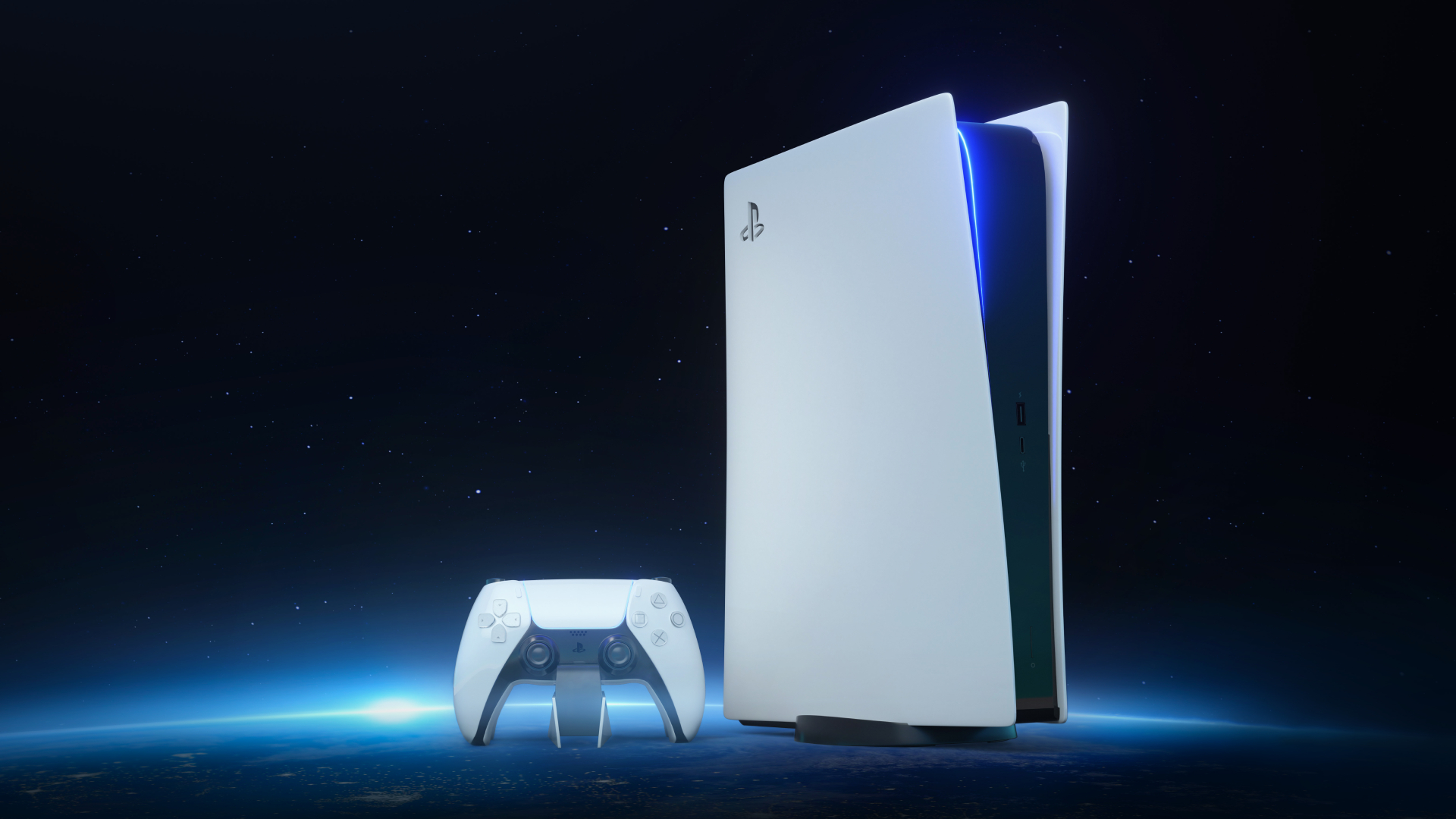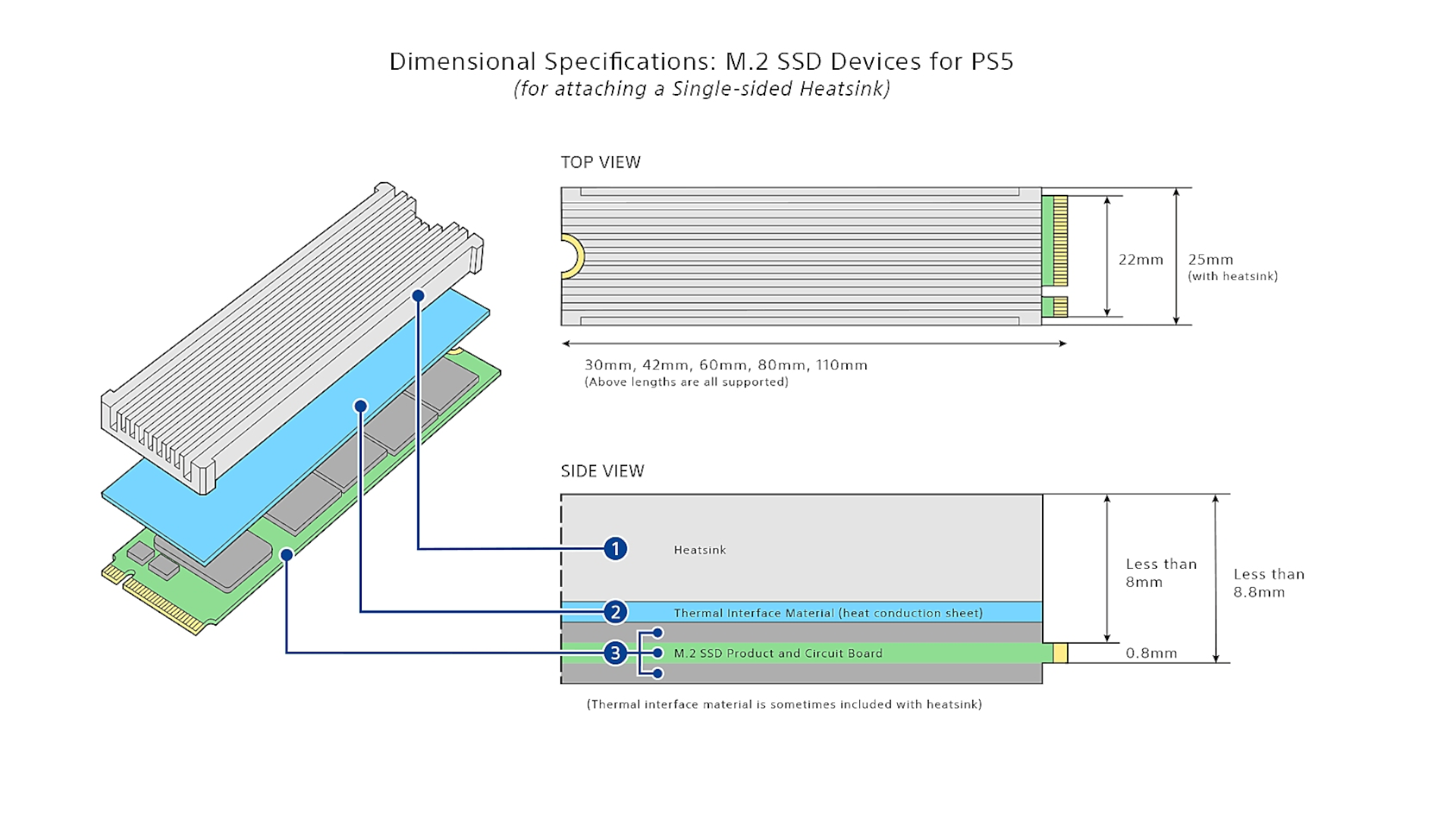PS5 SSD heatsink explained: what is it for and do you really need one?
To heatsink, or not to heatsink?

With the sheer size of games this generation, your PS5 hard drive is going to fill up fast. But as of September last year, PlayStation 5 owners can expand their storage with an internal SSD.
Sony has various stipulations around the minimum performance and size requirements, so you can't just grab any old SSD willy nilly. Helpfully, we have a list of the best SSDs for PS5 that you can check out before you commit. But the company also recommends a heatsink which not everyone is going to be familiar with. So let's dive in and break down what it is and if you really need one as a PS5 owner.
What is a heatsink and what does it do?
Basically SSDs chug along and do their own thing, getting all hot and bothered in the process. A heatsink essentially transfers the heat away from a device so that its performance isn't impacted by rising temperatures. They're often made from materials with high thermal conductivity to achieve that end.
There are two kinds of heatsinks: passive and active. Passive heatsinks are less effective, as they rely on natural convection. So there are no fans, and it doesn't require power to work.
Active heatsinks use fans to blow the hot air about, so they're more efficient in terms of cooling. The trade-off there, then, is that active heatsinks are more power intensive.
For the PS5, you'll be looking at passive heatsinks.

Can I buy a PS5 SSD without a heatsink?
The short answer is yes. You can pick up a PS5 SSD without a heatsink. And you can also buy a heatsink separately if you prefer. Whichever SSD you end up choosing, it will definitely need to meet the requirements put out by Sony. You can read more on that in our PS5 SSD installation guide.
Sign up for breaking news, reviews, opinion, top tech deals, and more.
You can find some pretty good deals on PS5 SSDs here, but SSDs with no heatsink are typically cheaper than those that already have one built-in. So it begs the question: do you actually need one? Or should you save yourself a bit of cash and go without?
Does a PS5 SSD need a heatsink?
If we're listening to Sony, then the answer is a resounding 'yes'. The dedicated page on its site for installing an M.2 SSD in your PS5 says exactly that:
"Using an M.2 SSD with your PS5 console requires effective heat dissipation with a cooling structure, such as a heatsink and a heat transfer sheet."
Digital Foundry tested a PS5 with an SSD that has no heatsink and over the course of a few weeks, didn't notice any issues. But if an SSD is getting hot, its performance will undoubtedly be affected, running slower than intended.
At most, you could get away with buying an SSD first and then a heatsink a bit later. But if you want peak performance from your console, we recommend you do as Sony suggests and get a heatsink.
And buying a PS5 SSD with a built-in heatsink will save you having to deal with taking your machine apart and messing about in its innards more than you need to. Those faceplates are a nightmare to get off, after all.

Shabana has been writing about games for almost a decade now, as well as covering tech, politics, food, and other random tidbits at Gizmodo UK. She's stepped outside of news every now and then to write game guides, and always appreciates a DM if she's helped get you out of a pickle. During her time freelancing, you may have spotted her words at VG24/7, GamesRadar, and IGN. She's also held the position of news editor at Gizmodo UK, T3, and The Sun Online.